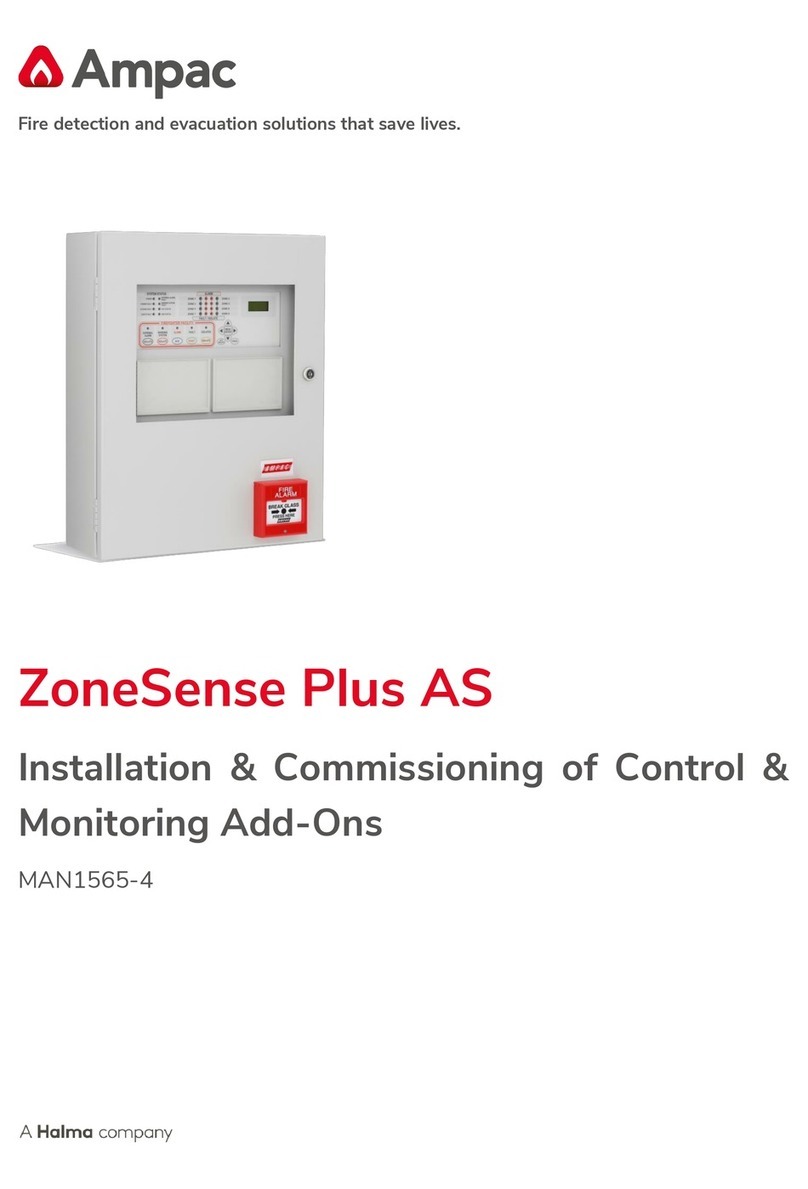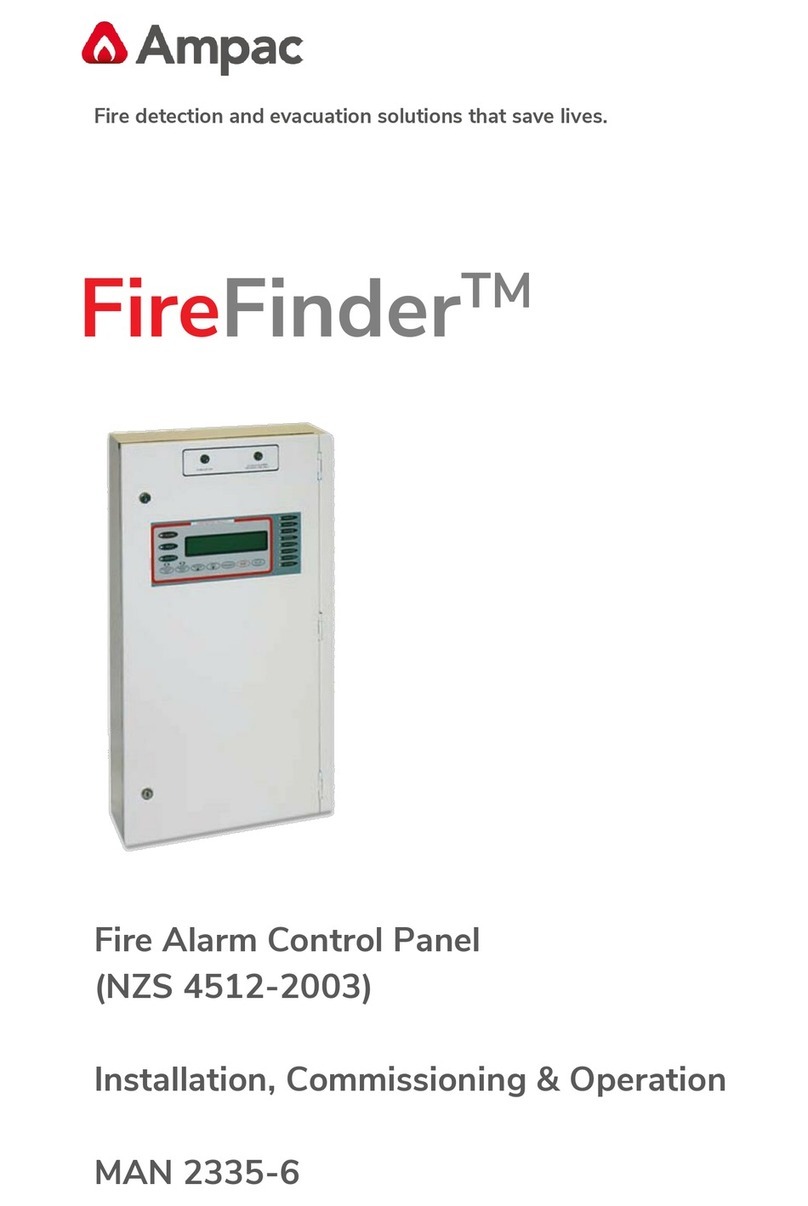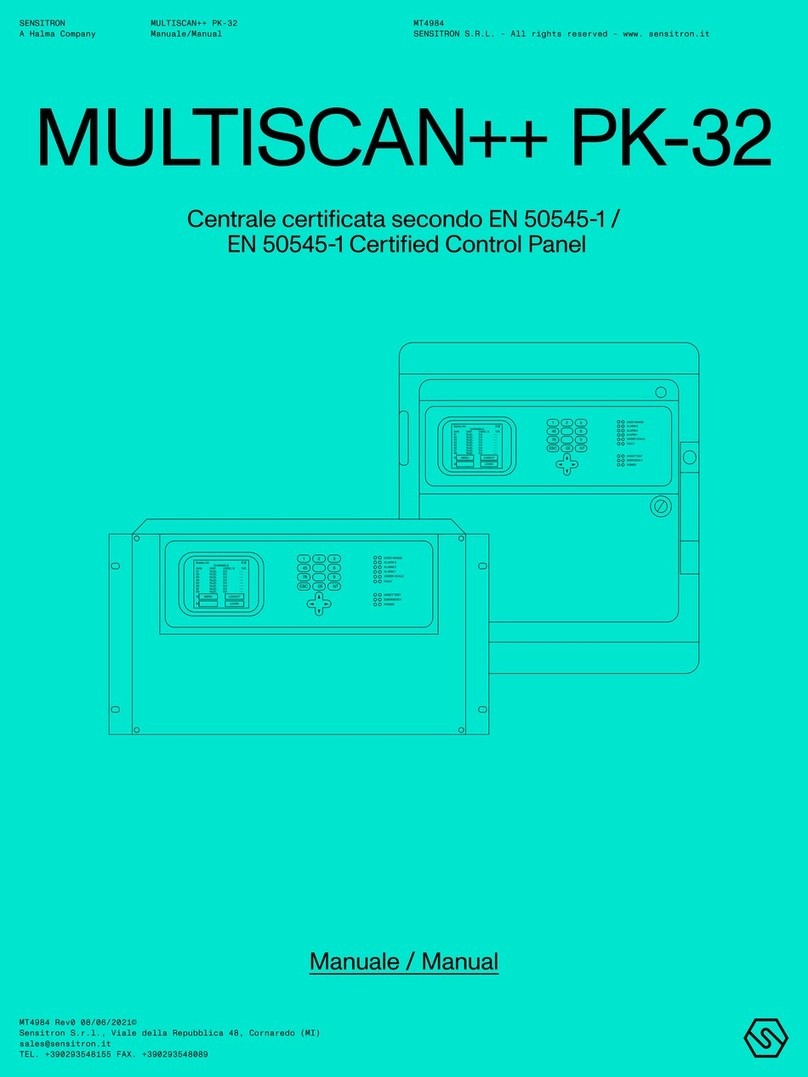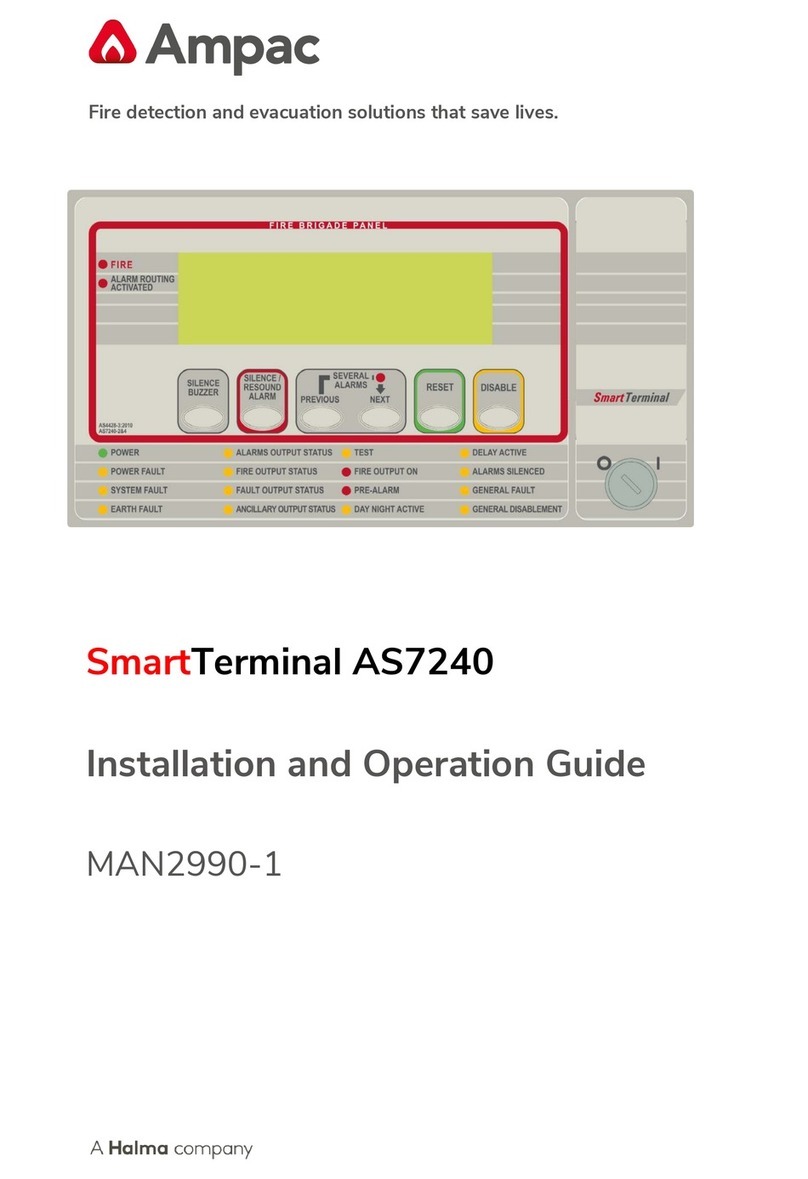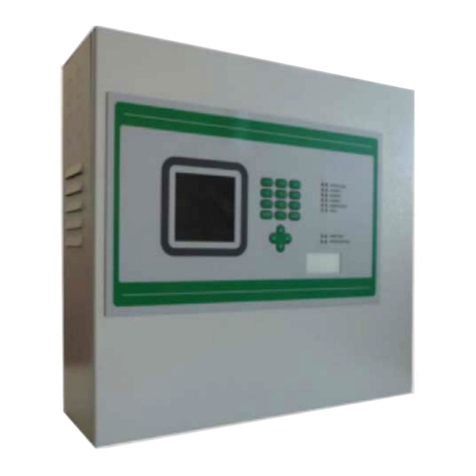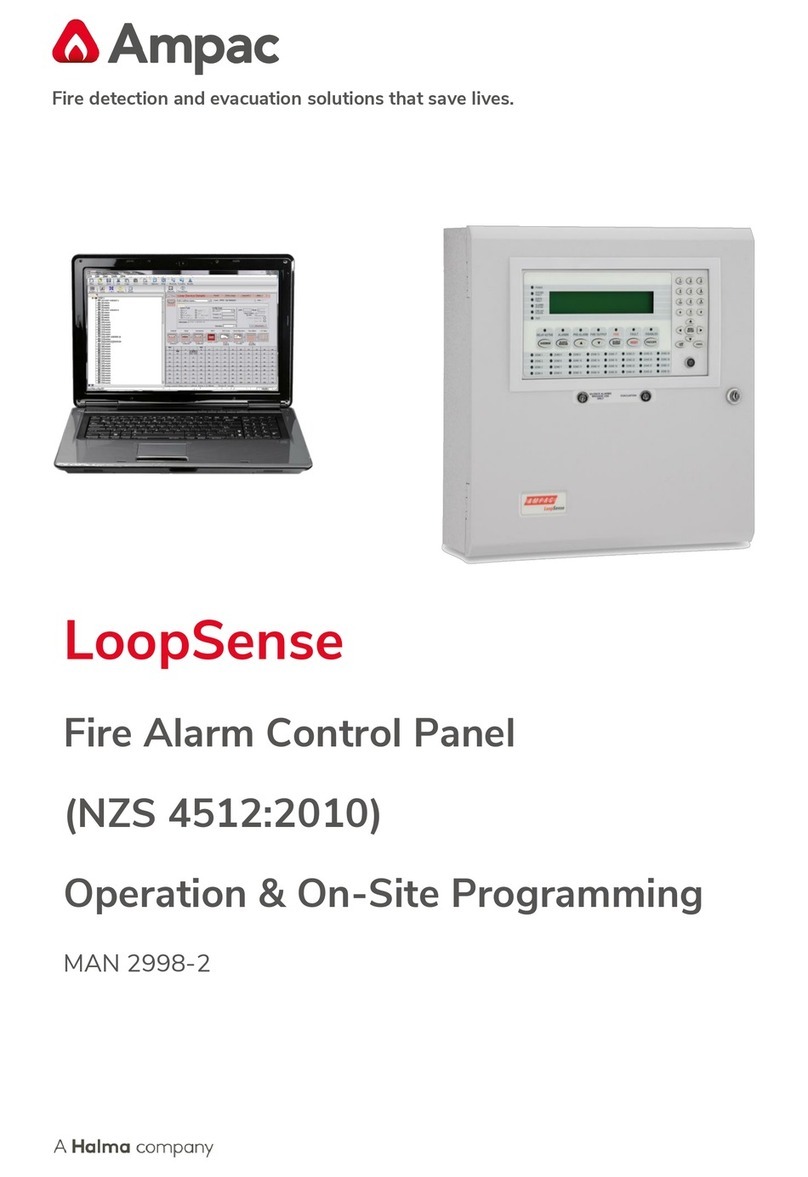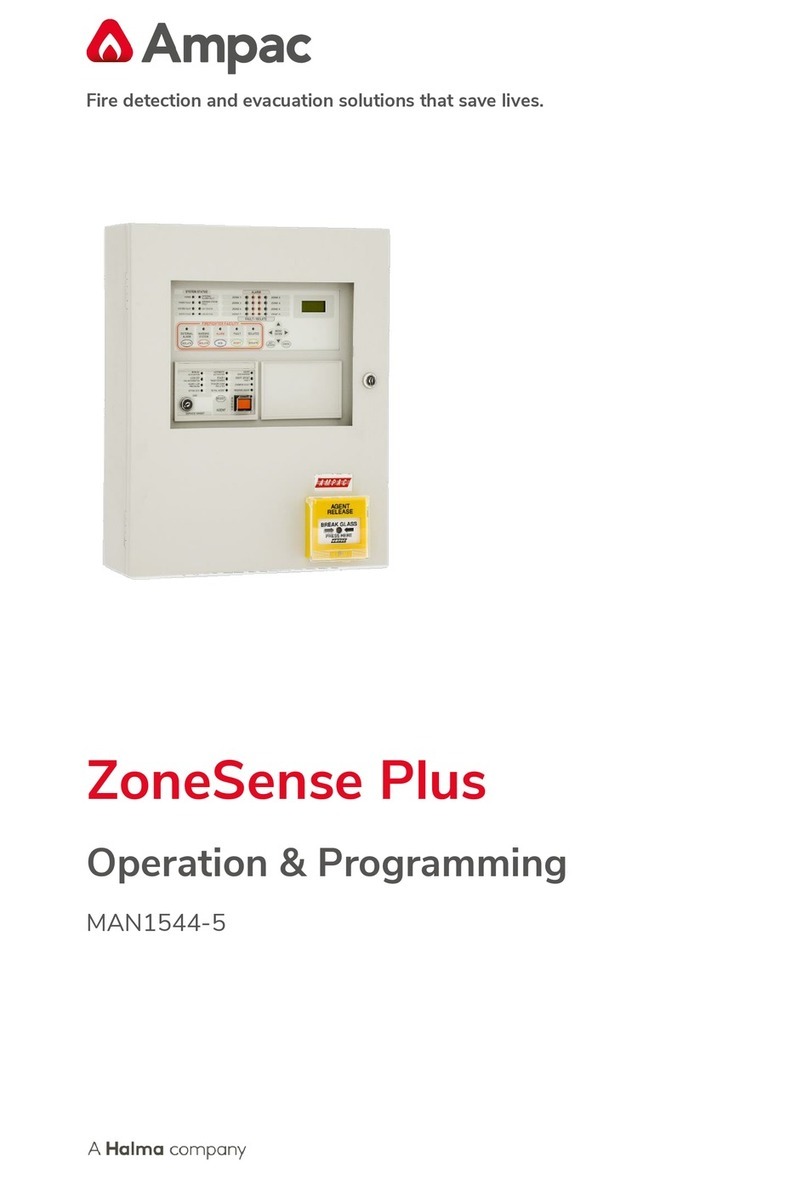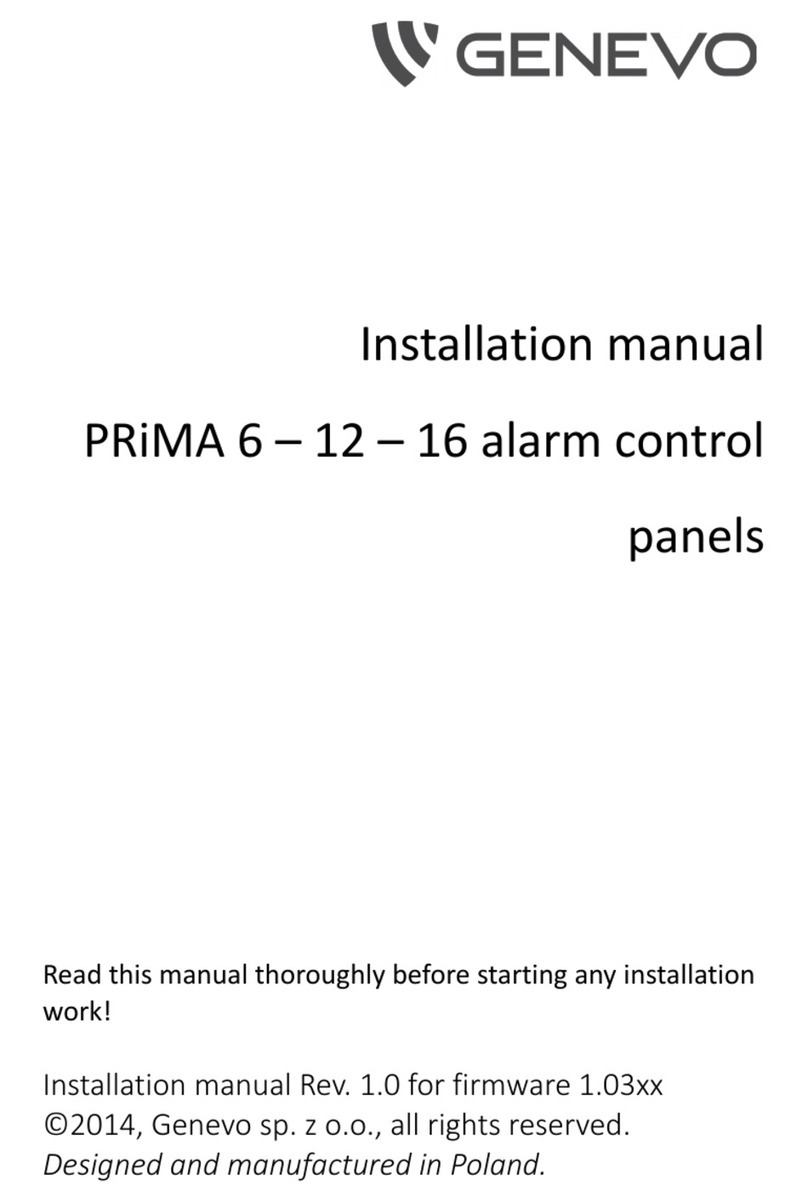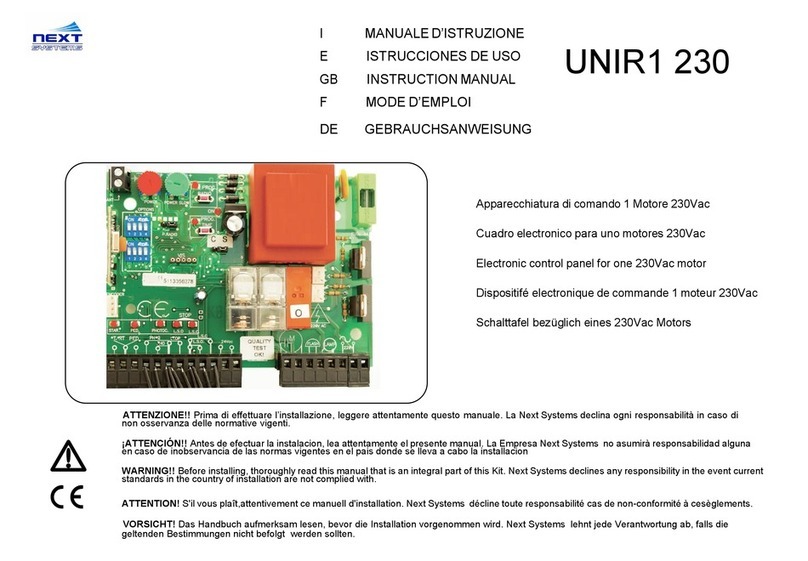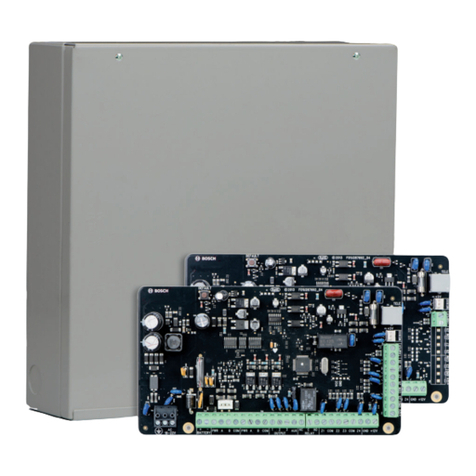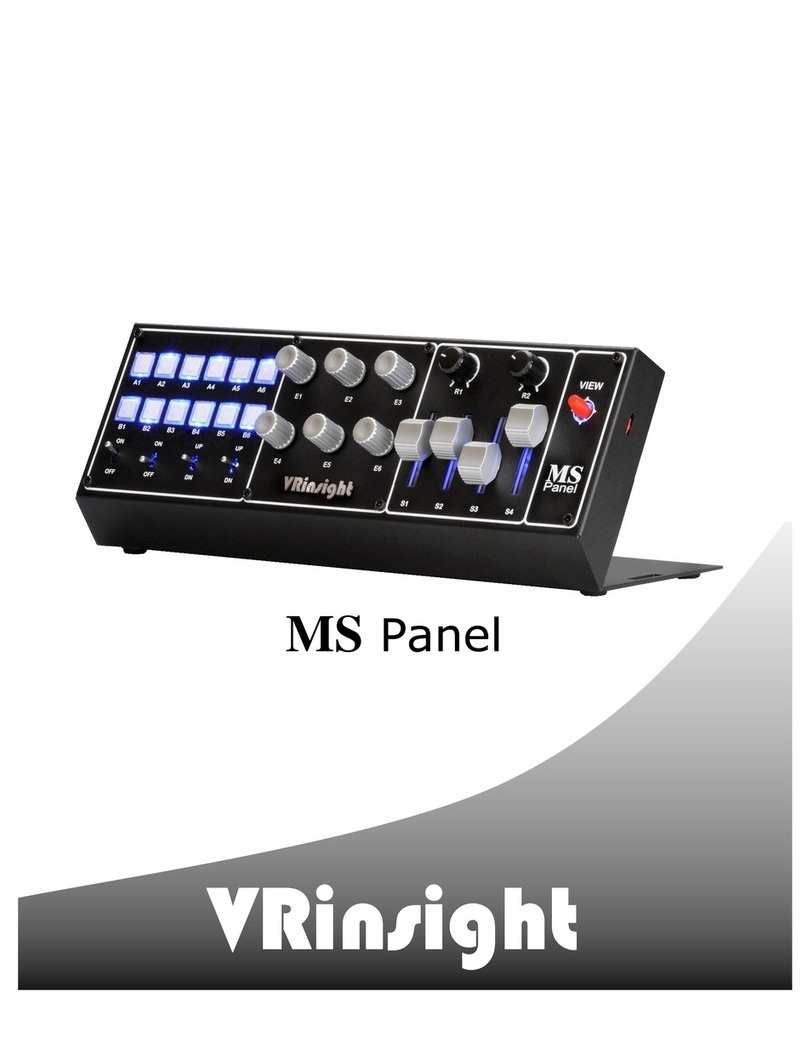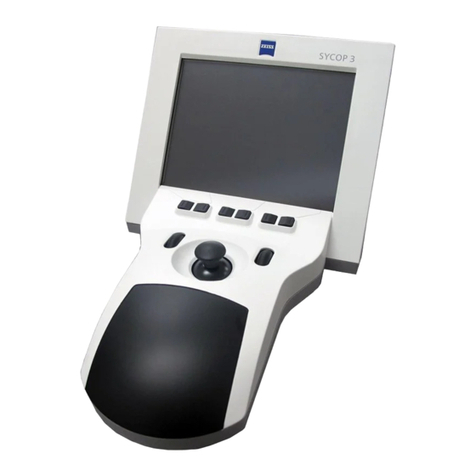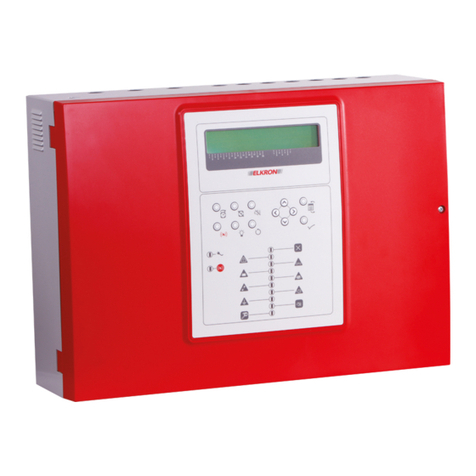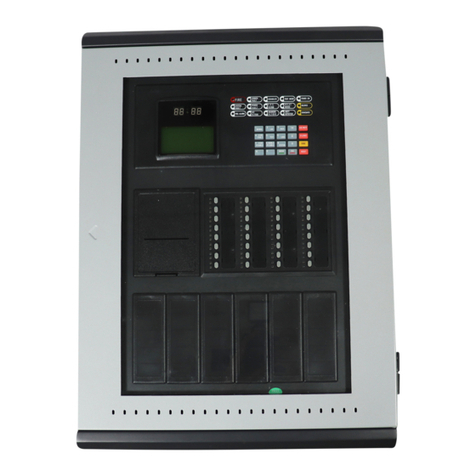MAN2997-2
4
Contents
1 About This Manual............................................................................................................................... 6
1.1 Introduction ................................................................................................................... 6
1.2 General Requirements.................................................................................................... 6
1.3 References ..................................................................................................................... 6
1.4 Symbols ......................................................................................................................... 6
2 Introduction......................................................................................................................................... 7
2.1 System Overview............................................................................................................ 7
2.2 System Components....................................................................................................... 7
3 Overview & Key Features ..................................................................................................................... 8
3.1 Features......................................................................................................................... 8
1.1.1 Device Alarm LED activation ........................................................................................... 8
1.1.2 Analogue Loops.............................................................................................................. 8
3.1.1 FACP Main Termination Board Inputs & Outputs............................................................. 9
3.1.2 Loop Activation Key Mounting CN7 ...............................................................................10
4 Mechanical .........................................................................................................................................11
4.1 Mounting the Enclosure ................................................................................................11
1.1.1 Enclosure Details...........................................................................................................11
4.1.1 Fixing the Chassis to the Wall ........................................................................................12
4.1.2 PCB Removal / Replacement..........................................................................................13
4.1.3 Removing the Knockouts ...............................................................................................13
5 Electrical .............................................................................................................................................14
5.1 Primary Power Supply ...................................................................................................14
1.1.1 Mains wiring .................................................................................................................14
5.1.1 Connecting the Panel ....................................................................................................14
5.1.2 Connecting the Mains ...................................................................................................15
5.1.3 Earth & Earth Fault ........................................................................................................15
5.2 Battery Charger.............................................................................................................16
1.1.1 Connecting the Stand-By Batteries ................................................................................17
5.2.1 Battery Cable Test..........................................................................................................17
5.2.2 Battery Capacity Test.....................................................................................................17
5.2.3 Charger Voltage Test......................................................................................................18
5.2.4 Charger Fault Test..........................................................................................................19
5.3 Cable Types and Limitations ..........................................................................................19
6 Front Panel Control Card .....................................................................................................................20
6.1 Levels of Access.............................................................................................................20
1.1.1 Passwords .....................................................................................................................21
6.1.1 Misplaced Password......................................................................................................21
6.2 System Controls & Indicators.........................................................................................22
6.3 Front Panel Control Keys................................................................................................27
6.3.1 Trial Evacuation.............................................................................................................27
6.3.2 Silence Alarms Brigade Use Only ...................................................................................27
6.4 Liquid Crystal Display.....................................................................................................28
7 Main Control Card...............................................................................................................................29
7.1 Input / Output System Connections...............................................................................30
8 Wiring to the Main Card......................................................................................................................32
8.1 Introduction ..................................................................................................................32
8.2 Communication Interfaces.............................................................................................32
1.1.1 External RS485 Communications Port (TB1)...................................................................32
8.2.1 Internal Communications Port.......................................................................................33
8.3 Inputs............................................................................................................................33
8.3.1 Supervised Digital Inputs...............................................................................................33
8.4 Fire Detector Analogue Loop Interface TB2....................................................................34
